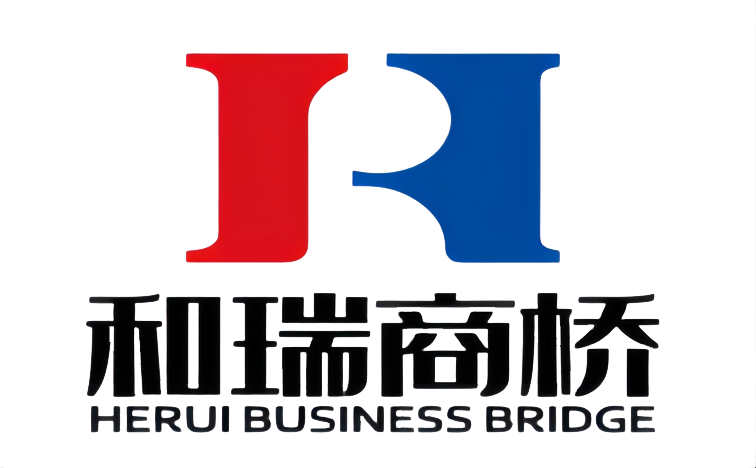France plans to implement the “climate label” next year, that is, every garment sold needs to have a “label that details its impact on the climate”. It is expected that other EU countries will introduce similar regulations before 2026.
This means that brands have to deal with many different and conflicting key data: where are their raw materials? How was it planted? How to color it? How far does the transportation take? Is the plant solar energy or coal?
The French Ministry of ecological transformation (ademe) is currently testing 11 proposals on how to collect and compare data to predict what labels might look like to consumers.
Erwan autret, ademe’s coordinator, told AFP: “this label will be mandatory, so brands need to be prepared to make their products traceable and the data can be automatically summarized.”
According to the United Nations, the carbon emissions of the fashion industry account for 10% of the world, and the consumption and waste of water resources also account for a high proportion. Environmental advocates say labels may be a key element in solving the problem.
Victoire satto of the good goods, a media agency focusing on sustainable fashion, said: “this will force brands to become more transparent and informed… Collect data and establish long-term relationships with suppliers – these are things they are not used to doing.”
“Now it seems that this problem is extremely complicated… But we have seen its application in other industries such as medical supplies.” She added.
The textile industry has been proposing various technical solutions in terms of sustainability and transparency. A recent report of premier vision at the Paris textile conference mentioned many new processes, including non-toxic leather tanning, dyes extracted from fruits and waste, and even biodegradable underwear that can be thrown on compost.
But Ariane bigot, deputy director of fashion at Premiere vision, said that the key to sustainability is to use the right fabrics to make the right clothes. This means that synthetic fabrics and petroleum based fabrics will still occupy a place.
Therefore, capturing all this information on a simple label on a piece of clothing is tricky. “It’s complicated, but we need the help of machines,” bigot said.
Ademe will collate the results of its testing phase by next spring, and then submit the results to legislators. Although many people agree with the regulation, environmental advocates say it should only be part of a broader restriction on the fashion industry.
Valeria Botta of the environmental coalition on standards said: “it is really good to emphasize product life cycle analysis, but we need to do more besides labeling.”
“The focus should be on formulating clear rules on product design, prohibiting the worst products from entering the market, prohibiting the destruction of returned and unsold goods, and setting production limits,” she told AFP
“Consumers should not bother to find a sustainable product. This is our default rule,” Botta added.
Carbon neutrality of fashion industry is the goal and commitment
As the world enters the era of carbon neutrality, the fashion industry, which plays an important supporting role in both the consumer market and the production and manufacturing, has made practical initiatives on many dimensions of sustainable development such as green factory, green consumption and carbon footprint in recent years and implemented them.
Among the sustainable plans made by fashion brands, “carbon neutrality” can be said to be the highest priority. The vision of the United Nations Climate Action charter for fashion industry is to achieve net zero emissions by 2050; Many brands including Burberry have held “carbon neutral” fashion shows in recent years; Gucci said that the brand operation and its supply chain have been completely “carbon neutral”. Stella McCartney promised to reduce the total carbon emissions by 30% by 2030. Luxury retailer farfetch launched a carbon neutral plan to offset the remaining carbon emissions caused by distribution and return.
Burberry carbon neutral FW 20 show
In September 2020, China made the commitment of “carbon peak” and “carbon neutrality”. As an important field to promote carbon peaking and carbon neutralization, China’s textile and clothing industry has always been an active force in global sustainable governance, comprehensively helping to achieve China’s national independent emission reduction goals, exploring sustainable production and consumption patterns and experiences, and effectively promoting the green transformation of global fashion industries. In China’s textile and garment industry, each company has its own unique logo and can implement its own strategy to achieve the carbon neutral goal. For example, as the first step of its carbon neutral strategic initiative, taipingbird sold the first 100% cotton production product in Xinjiang and measured its carbon footprint throughout the supply chain. Under the background of the irreversible trend of global green and low-carbon transformation, carbon neutrality is a competition that must be won. Green development has become a realistic influencing factor for the procurement decision and layout adjustment of the international textile supply chain.
(transfer to self-woven fabric platform)
Post time: Aug-22-2022




